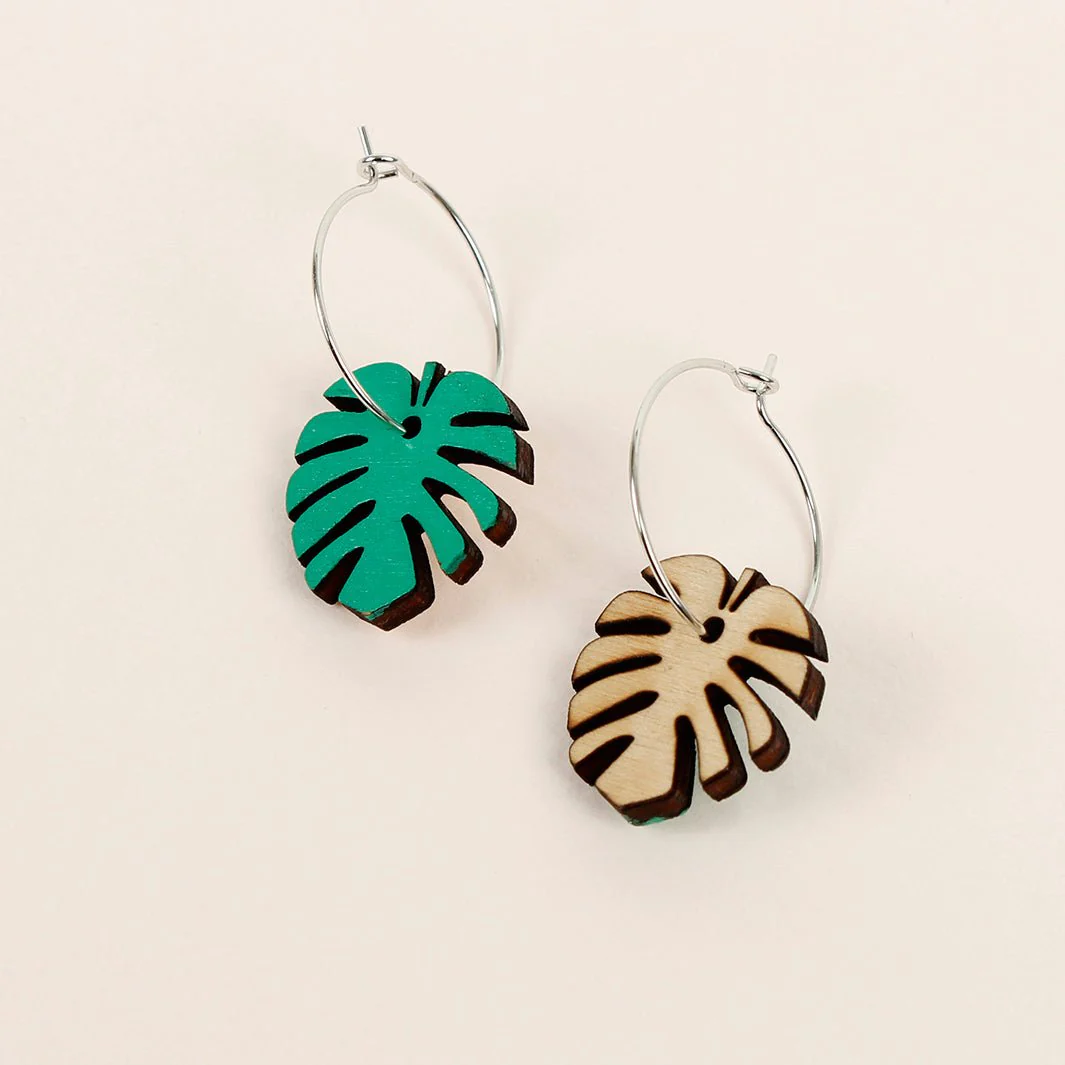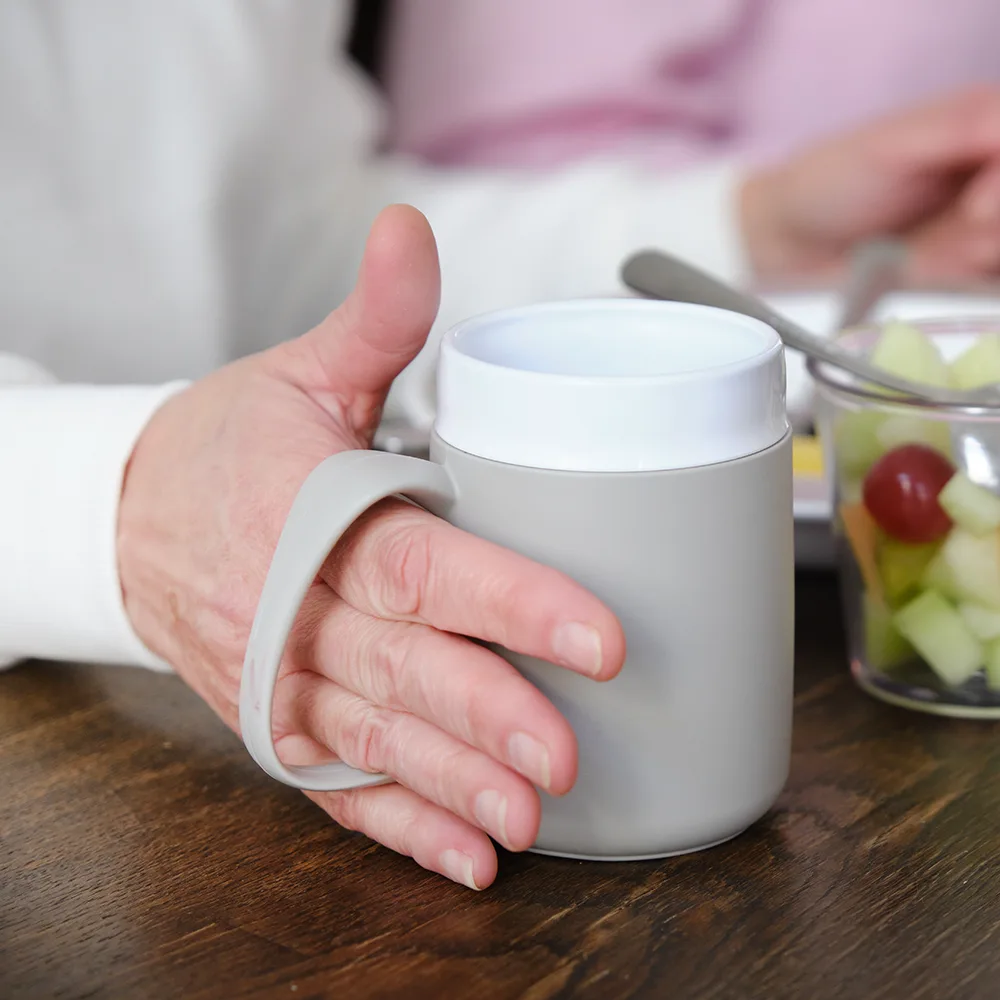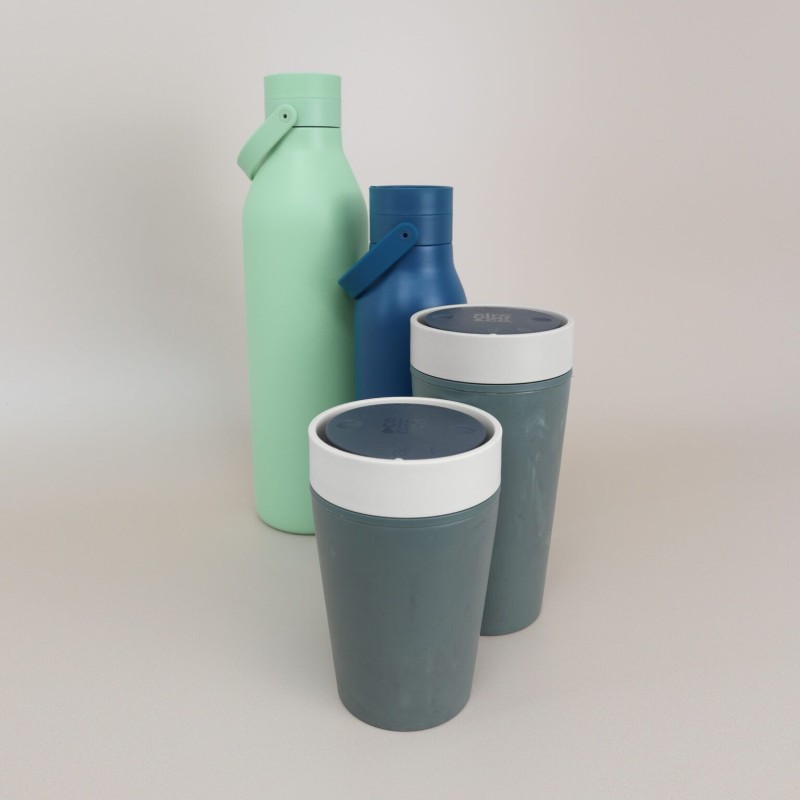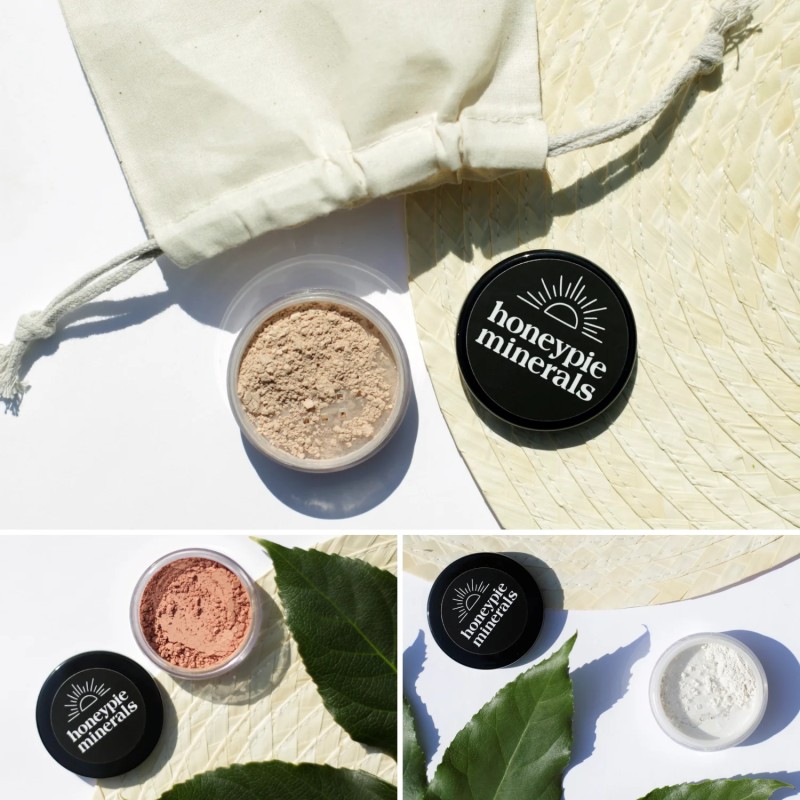Reasons to Switch to Natural Oxygen Bleach

Oxygen bleach is amazing stuff, if you’ve never come across it before. It does no harm to the planet, and if used correctly, can remove cleaning and laundry stains as well as (if not better) than nasty chlorine bleach.
Allavare Oxygen Bleach (code ENGLAND99465 for 10% discount) is sold in a brown paper bag, with discount subscriptions online. You can bundle up with the maker’s 4-ingredient eco laundry powder and stain removal bar.
Test on hidden areas, wear rubber gloves. Keep away from children and pets (it’s safer than chlorine, but could still upset tummies or bleach fur).
Use oxygen bleach in ventilated areas, and never mix any bleach with vinegar (or lemon juice). If it gets in your eyes, rinse with lots of water, and seek medical attention.
Too much oxygen bleach could lighten fabrics. Don’t leave oxygen bleach (once mixed) in a sealed container. Oxygen will continue to release, and it could blow up!
You can recycle empty chemical liquid bottles. For half-full bottles, don’t pour down drain (dispose of at your local tip).
How to Use Oxygen Bleach
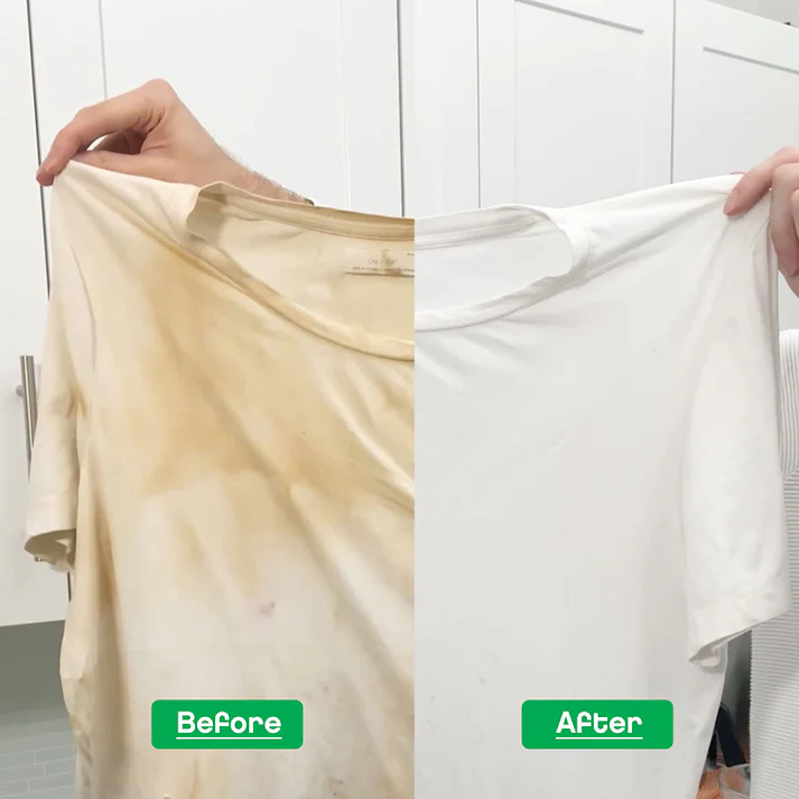
Oxygen bleach is a simple mix of sodium percarbonate and hydrogen peroxide. It must be mixed with warm water to activate, and only lasts for around 40 minutes. But you can pour leftovers down sinks and drains, with no harm to aquatic life.
It removes stains by binding to molecules. If using for laundry, use 60 degree washes for babies and weak immune systems.
Natural oxygen bleach can remove most cleaning and laundry stains, as the hydrogen peroxide releases atoms that react with organic stains (food, grass, blood) and break down into tiny molecules. These are then rinsed away with water.
Alkaline sodium percarbonate helps to break down oil and grease stains, by neutralising acids.
- For general cleaning, mix 1 part of natural oxygen bleach to 2 parts warm water. Leave to sit for 10 to 15 minutes after cleaning, rinse and dry. Use this solution to remove stains from mugs and to clean tile grout.
- For a cleaning paste, add hot water, then use a plastic-free sponge to wipe stains and odours on cutting boards. You can also mix 1 tablespoon with 2 cups of hot water to wipe down fridges and drawers, to remove mould, bacteria and mildew.
- To remove jar labels, mix a scoop of oxygen bleach in a sink of hot water. Soak jars for an hour, then rinse and leave to dry.
- To remove limescale, apply neat on taps. Leave for a little while, then rinse.
- To clean drains, pour a few tablespoons of oxygen bleach down the sink. Add boiling water, wait a few minutes, then rinse.
Oxygen Bleach to Remove Clothing Stains
- Add one tablespoon of oxygen bleach with laundry powder to washing machine (not wool, silk or leather). Or add 2 tablespoons to 5 litres of hot water, for hand-washing.
- For stains, mix 2 tablespoons of oxygen bleach with 5 litres of warm water, then leave clothing to soak for a few hours, before laundering as usual. Unlike chlorine bleach, oxygen bleach is safe for coloured fabrics.
- To remove fabric stains, dissolve 1 spoon (or 3 spoons for cloth nappies, sanitary pads and incontinence pads) in 1 litre of hot water, and soak for an hour or longer. Then wash as normal. Due to waterproof synthetic backings, launder in a microfibre filter.
- You can also add a little to pet bedding in the washing machine or hand-wash, to remove pet pee and stains. Rinse well, and allow to dry thoroughly before use.


